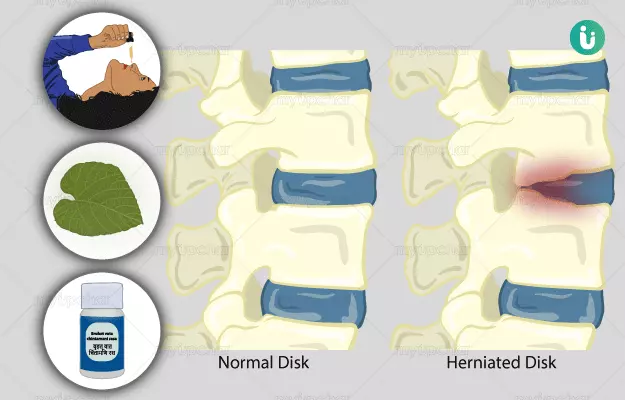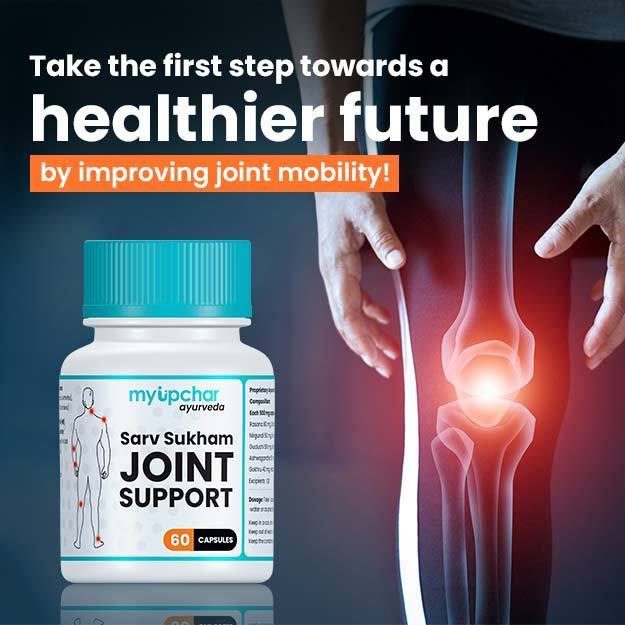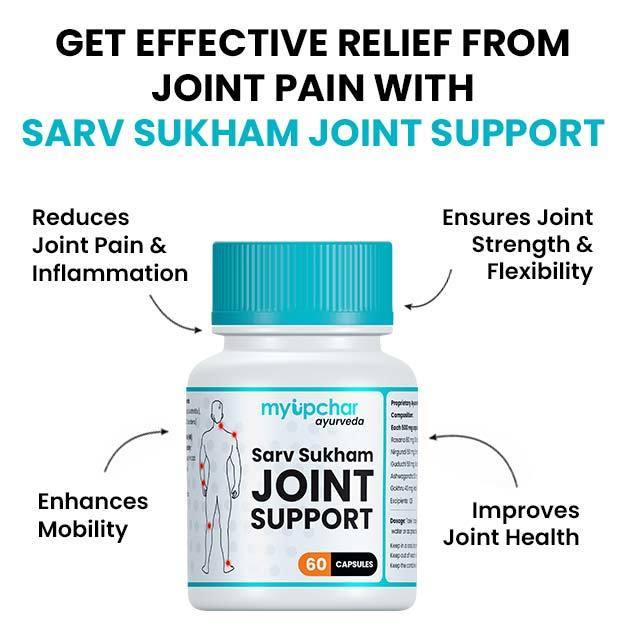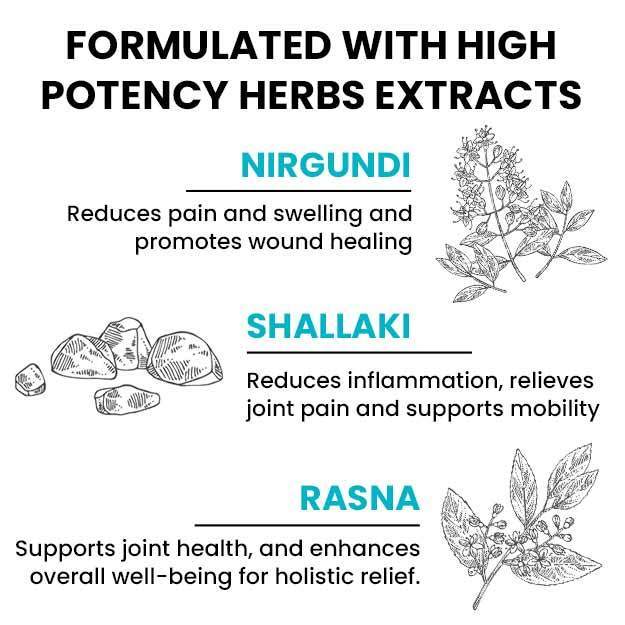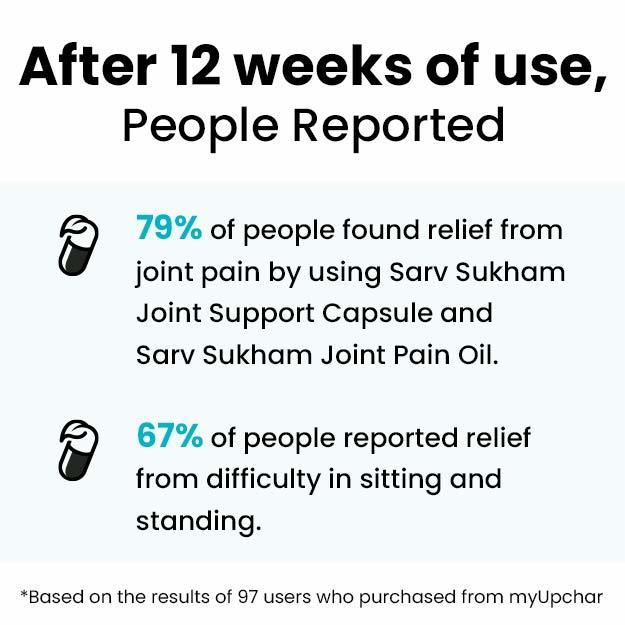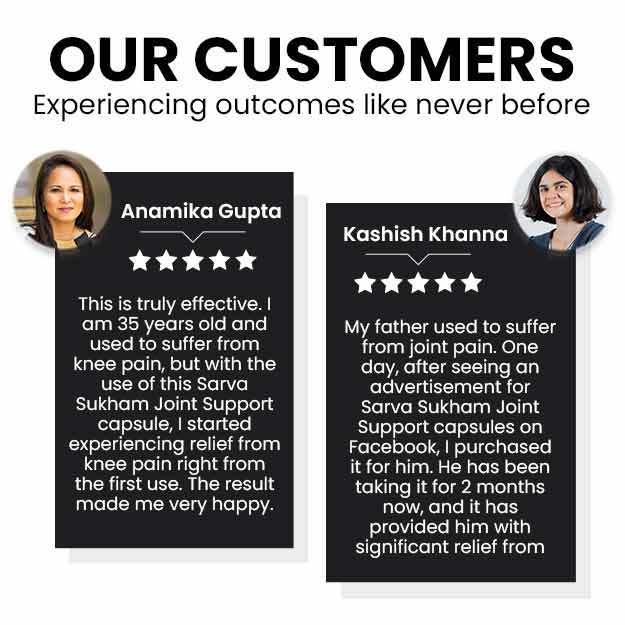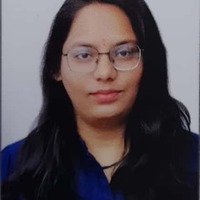A slipped disc refers to rupture or damage of the intervertebral disc due to pressure from the vertebra above and below it. These intervertebral discs are the protective cushion-like pads present between the vertebrae and act as shock absorbers. The most common symptoms of a slipped disc are pain, numbness and tingling in the affected area. Slipped disc usually occurs in the lower back (lumbar) regions, but it may also affect the upper back (thoracic) and neck (cervical).
Some Ayurvedic treatments that can be used to treat a slipped disc include snehana (oleation), swedana (sudation or sweat therapy), pizhichil (oil massage), shirodhara (pouring liquids or oils over the head), nasya (nasal insufflation), basti (enema) and dhanyamla dhara (pouring warm medicated liquids on the affected body part). Some of the herbs and medicines used to treat slipped disc are shunthi (dried ginger), rasna (Indian camphorweed), ashwagandha (Indian ginseng), guduchi (heart-leaved moonseed), dashmoola kwatha, bruhadvatachintamaṇi rasa and trayodashanga guggulu.

